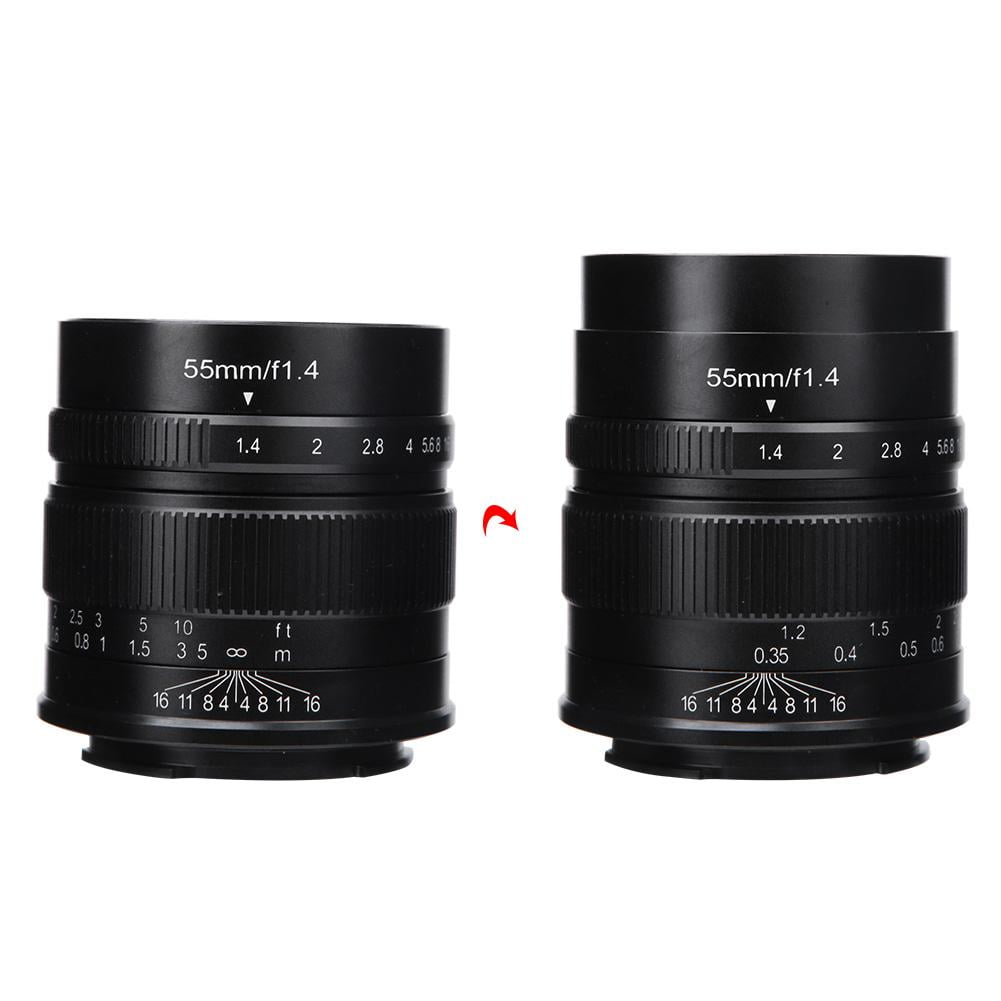

- #Fujifilm lens big aperture update#
- #Fujifilm lens big aperture manual#
- #Fujifilm lens big aperture full#
- #Fujifilm lens big aperture series#
Having spent three weeks with the 12mm, I can say that there is a lot to like about this lens despite these criticisms. (Fujifilm users already had the excellent XF 35mm f/1.4 at the time.) The 12mm was a more relevant addition to the range because its field of view is noticeably wider than that of its closest rival, the XF 14mm f/2.8. The Zeiss Touit 12mm and 32mm never received much love from the Fujifilm community, in part because of their hefty price tag but also because the Touit 32mm in particular didn’t fill an urgent gap in the X line-up. You can see an example in the image taken inside the Sagrada Familia below! We particularly enjoyed the sunstars the lens produces when used at the slower apertures. Chromatic aberrations weren’t an issue and flare only appears if you shoot into direct sources of light.

We found that sharpness was excellent across the frame, even at f/2.8, and distortion is all but absent as long as you make sure the camera is level with the ground. We used it for a brief period in Barcelona and were very impressed with all aspects of the lens, including image quality and handling. For this reason, you also need to make sure that “Shoot without lens” is set to On in the menu – otherwise the camera won’t take a picture while the lens is mounted.
#Fujifilm lens big aperture manual#
Unlike most of the other lenses mentioned here, the 9mm is a manual focus lens without electronic contacts, so it won’t record the aperture in the EXIF data. Although it lacks weather-sealing, it benefits from a solid metal build that fits all Fujifilm cameras nicely, a clicking aperture ring and a smooth focus ring. It is extremely compact and lightweight for a wide-angle prime, and as the name suggests, promises close-to-zero distortion.
#Fujifilm lens big aperture series#
The widest prime lens available for the Fujifilm X series is the Laowa 9mm f/2.8 Zero D, providing coverage up to a 113° angle of view. Generally photographers purchase a lens with a very wide field of view in order to capture landscapes, cityscapes, and architecture. In the case of the Fujifilm X series, this would be the equivalent of less than 16mm. Super-wide angle primes are classified as lenses with a focal length of less than 24mm in 35mm equivalent terms.
#Fujifilm lens big aperture full#
To know more about our ethics, you can visit our full disclosure page. If you decide to buy something after clicking the link, we will receive a small commission. Within the article, there are affiliate links. We were not asked to write anything about these products, nor were we provided any compensation of any kind.
#Fujifilm lens big aperture update#
We consider this list dynamic in that we plan to update it whenever Fujifilm or a third-party company releases a relevant wide-angle product and we are able to test it.Įthics statement: All opinions expressed in this article are based on our real-world experience with each lens unless otherwise stated. In this article, we’re going to take a look at the best wide-angle options currently available to users of popular models such as the Fujifilm X-T3, X-T2, X-H1, and X-Pro2. (In 35mm terms, these focal lengths would be 35mm and 24mm respectively.) In Fujifilm APS-C terms, any lens with a focal length of 23mm or wider is classified as a wide-angle lens, whereas anything wider than 16mm falls into the ultra-wide lens category. Landscapes, astrophotography and architecture are three of the more obvious genres for which wide-angle lenses can be used, but they also come in handy for environmental portraits, macro (if the lens has a close focusing distance) and even close-range sports to name a few. Wide-angle lenses allow you to capture much more of the scene even if you stand close to your subject, giving the image more context and a sense of real proximity to the action or location. If you take a peek inside the bag of most photographers, you will likely find at least one wide-angle lens.


 0 kommentar(er)
0 kommentar(er)
